How to Dispose Of Acetone?
Not sure how to dispose of acetone correctly? Read on to find it out
We use acetone quite often, mostly for removing nail polish from our nails or other surfaces, and sometimes for getting rid of paint stains on different surfaces.
However, when a bottle of acetone runs out, most of us face the same dilemma: shall I throw it away in the garbage or dispose of it somehow else?
In this article, we will explain how to dispose of acetone at home correctly and without causing any harm to the environment. Also, we will tell you how to dispose of acetone rags and/or paper towels soaked with it. Finally, you will learn a few dos and don’ts regarding acetone disposal.
All You Need to Know About How to Dispose Of Acetone Safely
Acetone is quite a popular home chemical that can be found almost in any household. We use it for various purposes from removing nail polish from our fingernails to cleaning off paint marks from different surfaces. However, when we have some acetone left unused, we might have trouble getting rid of it.
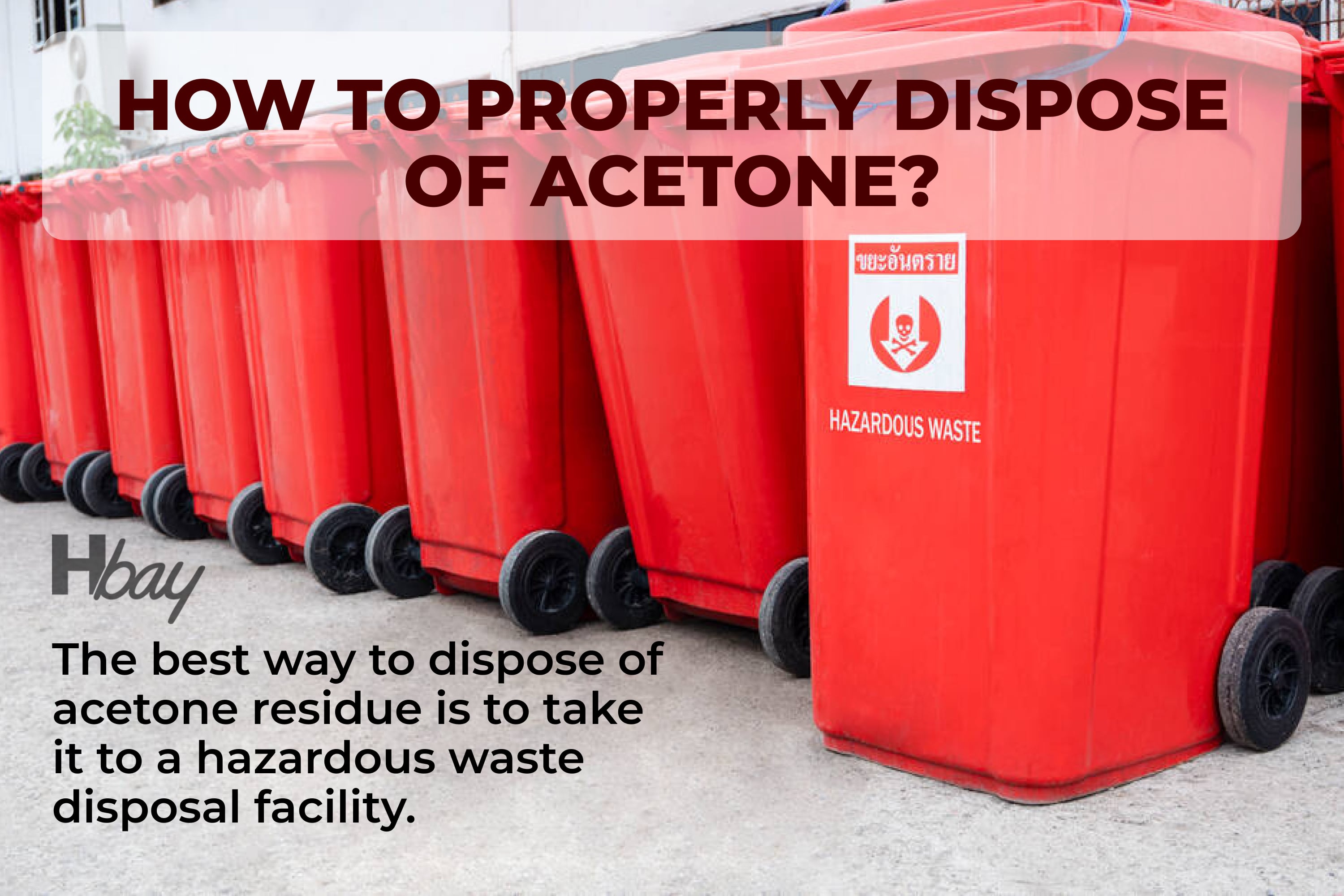
housekeepingbay.com
The best way to dispose of leftover acetone is to take it to a hazardous waste facility. However, if you only have a small amount or are dealing with an empty acetone container, you might want to consider some other options.
Usually, the method of disposal that you choose will depend on the amount of acetone you have.

But regardless of the quantity of the substance, you have to follow certain precautionary measures to stay safe while dealing with the liquid:
- First, make sure you have the proper personal protective equipment that includes gloves, eye protection, and a breathing mask
- Second, choose a work surface that acetone can’t damage, for example, metal or non-porous tile
- Make sure you’re in a well-ventilated area, as acetone fumes are potentially harmful
When you are ready, you can proceed with one of the following acetone disposal methods.
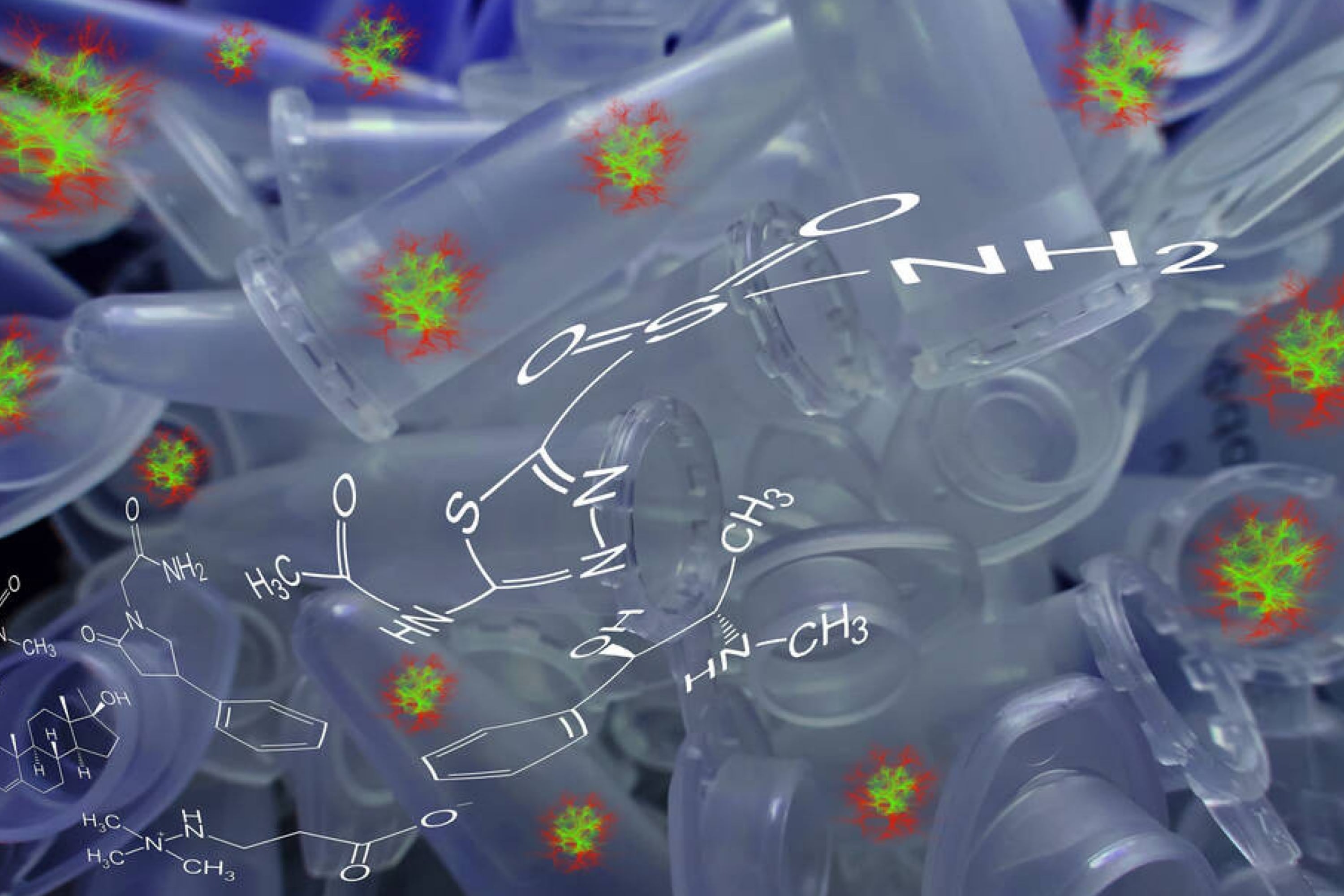
boligolov via VIstaCreate
Table of Contents
If You Have Small Amounts Of Acetone
If you only have around a teaspoon of acetone left, you can dispose of it properly on your own. This is what you should do if you want to dispose of it correctly.
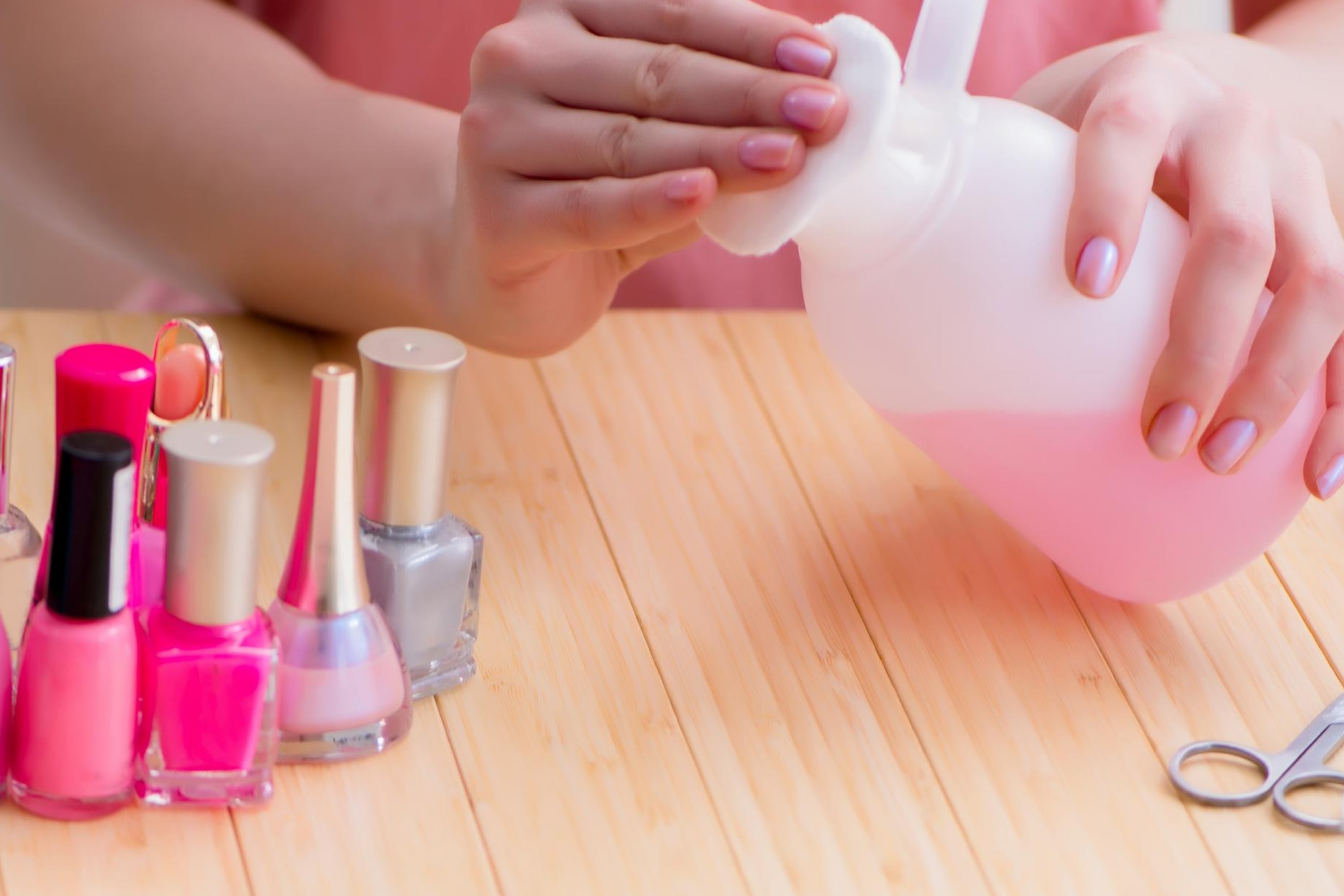
AllaSerebrina via VIstaCreate
Gather All the Supplies
If you only have a small amount of acetone, you need to have the right supplies on hand. In particular, you will need cotton balls and a metal container with a lid that fully seals.
Apply Acetone to Cotton Balls
After you prepared all the supplies, start applying small amounts of acetone to the cotton balls. There is no need to soak them through! Instead, acetone should simply make the cotton balls slightly damp on one side. Once the cotton balls are damp, put them in the metal can.

serezniy via VIstaCreate
Let Excess Evaporate
After applying all of the leftover acetone to cotton balls, leave the metal can open for a few hours since you need to allow the acetone to evaporate. For safety reasons, we recommend you take the can outside. Like that, you will prevent acetone fumes from collecting indoors.
Throw the Sealed Can Away
After all the excess acetone is allowed to evaporate, seal the metal can tightly. Then, put it into a bag and put the can into the garbage.
What to Do If You Have Larger Amounts Of Acetone Left?
If the amount of leftover acetone you have is more than a teaspoon or so, you will want to use a different disposal approach. With larger amounts of this chemical, you need to be way more careful since acetone is potentially harmful! So you can’t just leave it to evaporate or something. Another disposal approach is needed here.
Choose a Sturdy Container
Your first step for disposing of larger quantities of acetone correctly is to find a sturdy metal container that seals really tight and well! Such a container will make transporting the acetone easier and at the same time safer, reducing the odds of splashes or spills along the way.
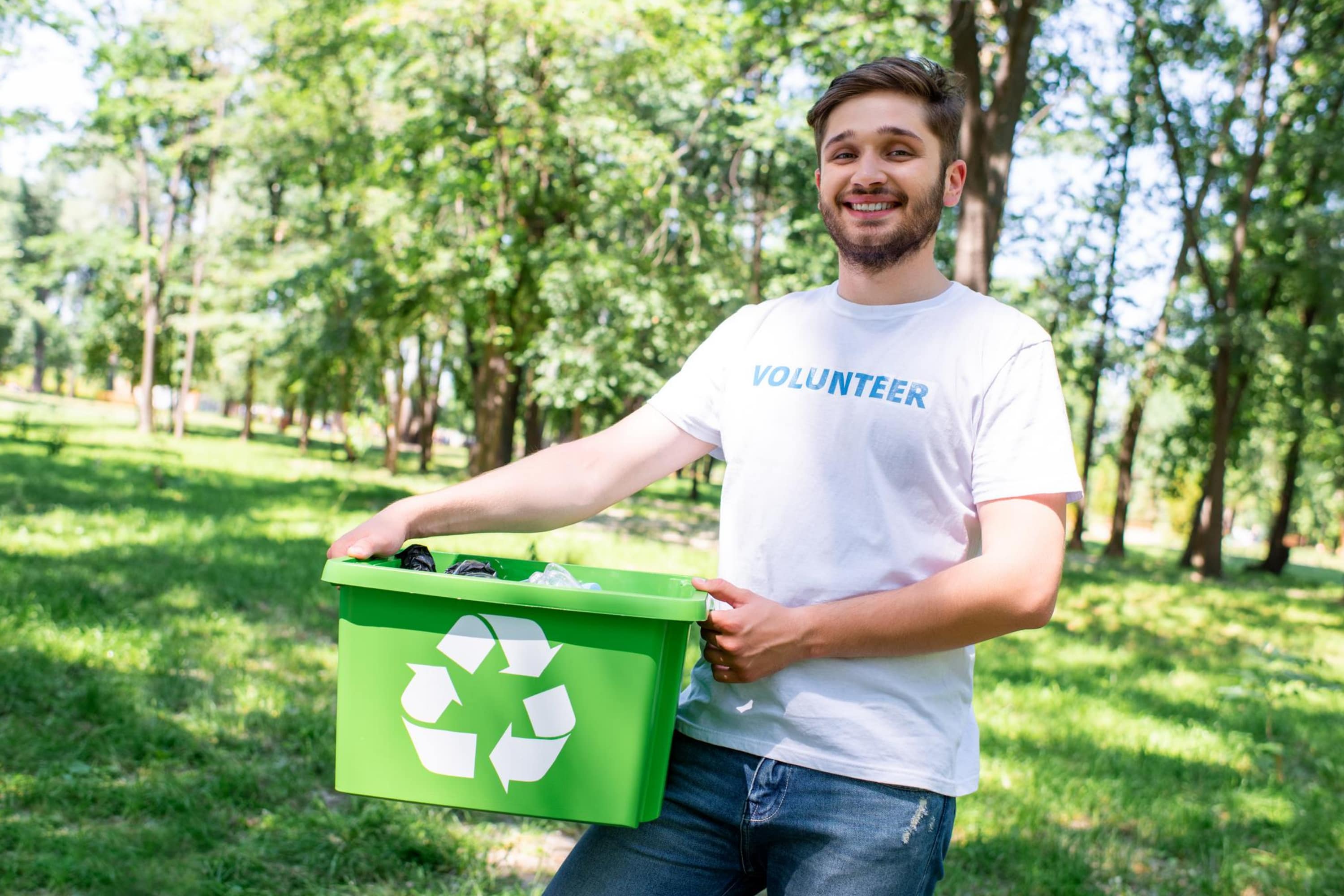
AllaSerebrina via VIstaCreate
Find a Hazardous Waste Center
Most cities and counties have a hazardous waste center that will accept acetone, particularly if the amount you have is for household and not commercial use. You can look up drop-off locations through your waste disposal company, state environmental or ecology department, or certain recycling databases.
Also, make sure you check their operating hours and rules of chemicals disposal. Some centers may not accept small amounts of chemicals or they might not accept household chemicals… Anyway, it’s best to double-check everything in advance so that you don’t end up with a can of acetone in your car, driving around in search of a hazardous waste center!
Bring the Container With Acetone to the Facility
Once you find a hazardous waste center, all you need to do is to bring the sealed container with leftover acetone to the facility. In most areas, there is no charge for this kind of waste disposal.

So, now you know how to dispose of used acetone if you have a little amount of it and if you have plenty enough.
However, getting rid of liquid acetone is not the only bother that disturbs people’s minds. Another problem they face is the issue of acetone bottles disposal. This is exactly what we are going to talk about next.
What to Do If I Need to Dispose Of an Acetone Bottle/Can?
You will be happy to learn that there is nothing complicated about getting rid of old acetone bottles. If you have a container that previously contained acetone, the disposal process is actually easier than if you are dealing with a liquid chemical itself.

AntonMatyukha via VIstaCreate
Air Dry the Container
You can’t simply toss out an empty acetone container! The very first thing you have to do instead is to air dry it instead. As you probably know, acetone evaporates fairly quickly. By allowing the container to air out, you are making sure that all the acetone that might still be there is gone before you throw the container away.
To air the container out, simply remove the lid and place the container outside or in a well-ventilated room that is properly exhausted. Let your acetone container sit for a few hours until evaporation is complete.
Throw Out or Recycle the Container
After the container airs out and dries and all of the acetone is gone, you can throw it out or recycle it. The option you choose will depend on the type of container you have:
- If it is made of recyclable materials, remove any stickers or labels and lids before placing the container in the correct bin
- If your container is made of non-recyclable materials, put it into a bag and throw it in the garbage
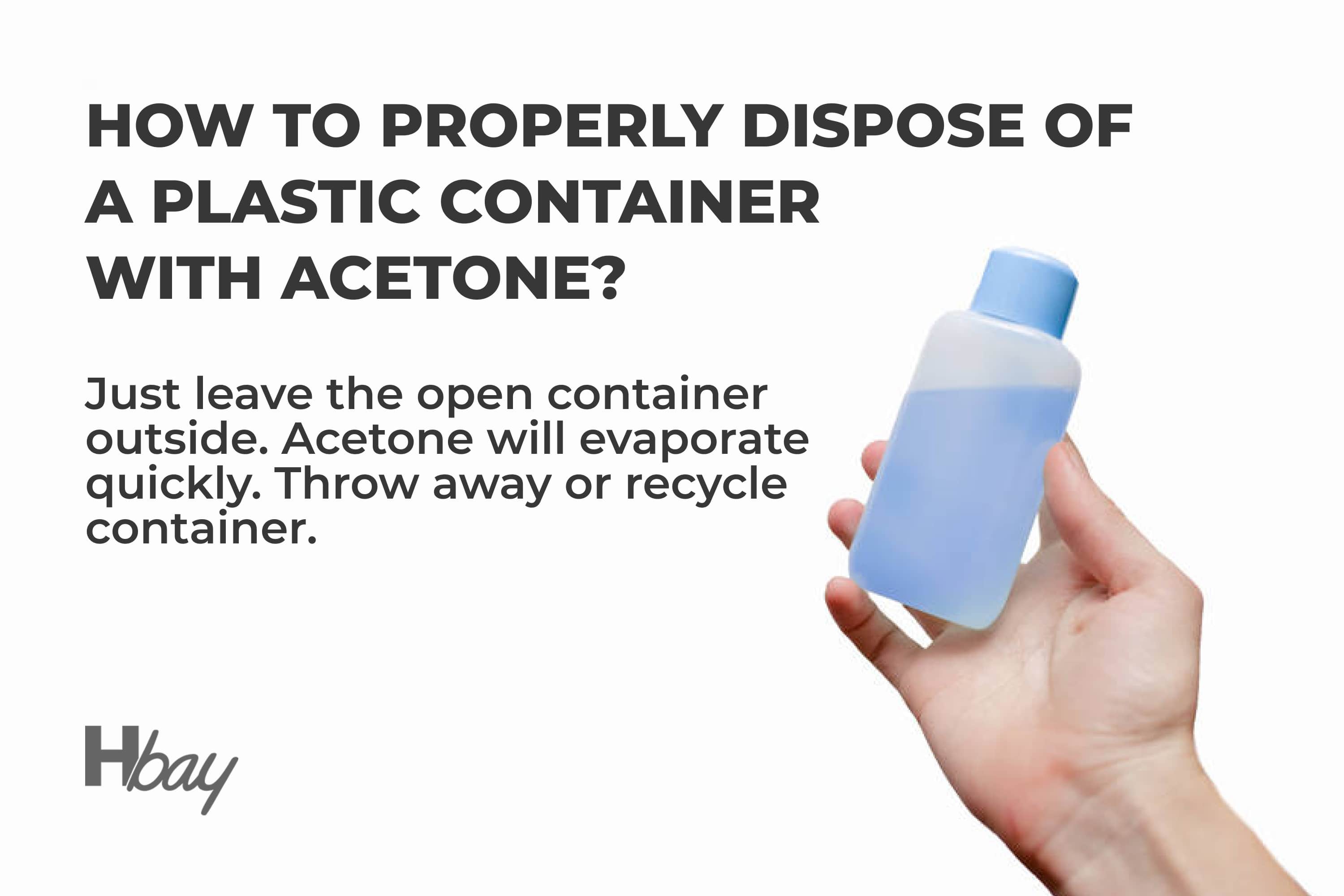
housekeepingbay.com
Now that you know how to dispose of leftover acetone and empty acetone containers correctly and safely, we would like to remind you of a few things that shall be avoided when you are getting rid of this chemical at home.
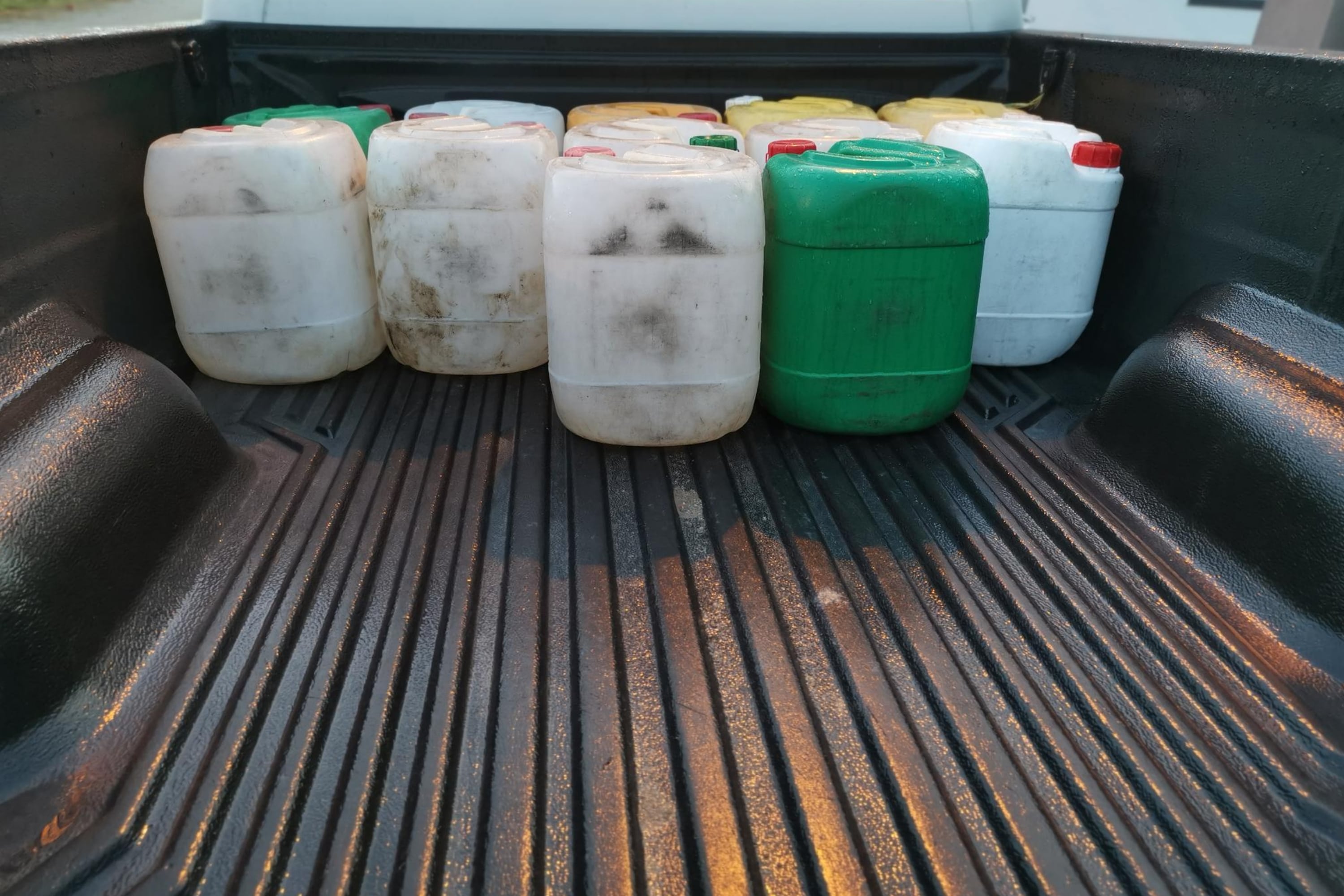
boligolova via VIstaCreate
What You Shall Not Do When Disposing Of Acetone?
Like any chemical, acetone has its dos and don’ts when it comes to disposal. Of course, this chemical is not toxic, but still, acetone fumes are considered potentially harmful! So you have to be aware of a few things that are not acceptable when it comes to getting rid of leftover acetone or empty acetone bottles.
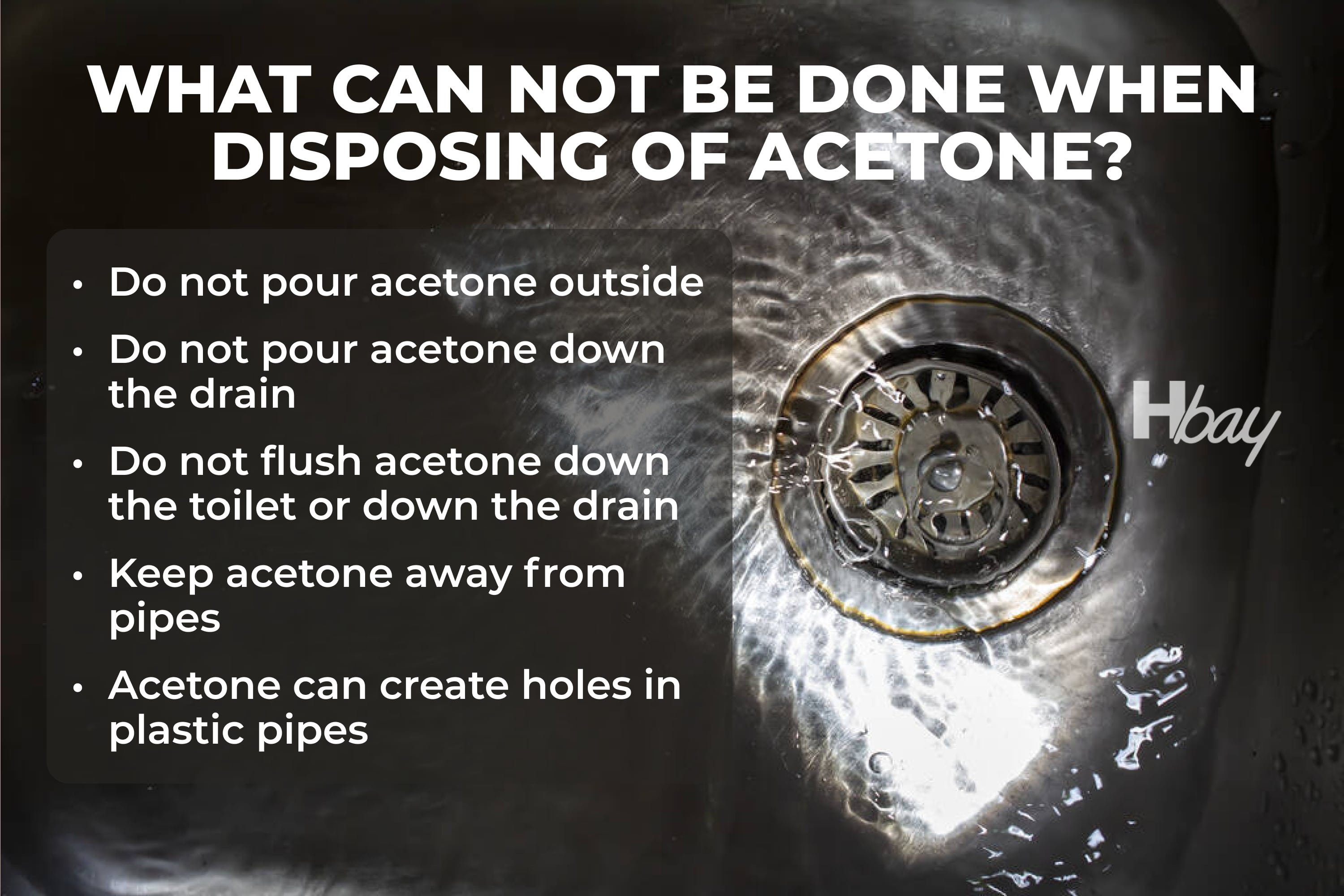
housekeepingbay.com
- Don’t pour acetone outside! It will allow hazardous waste to interact with the environment and leach through the soil, getting into groundwater
- Don’t pour acetone down the drain! If it gets there, it might get into the local drinking water or food supply
- Don’t flush acetone down the toilet or down the drain because it is flammable and acetone vapor built up in pipes can ignite, leading to a fire or an explosion!
- Keep acetone away from your pipes since it can damage PVC pipes. The acetone could create holes in plastic pipes, leading to leaks in or under your home
Now you know exactly how to dispose of acetone safely at home and what you should never do if you want to keep yourself and your home safe even though this chemical is not considered toxic or very dangerous.
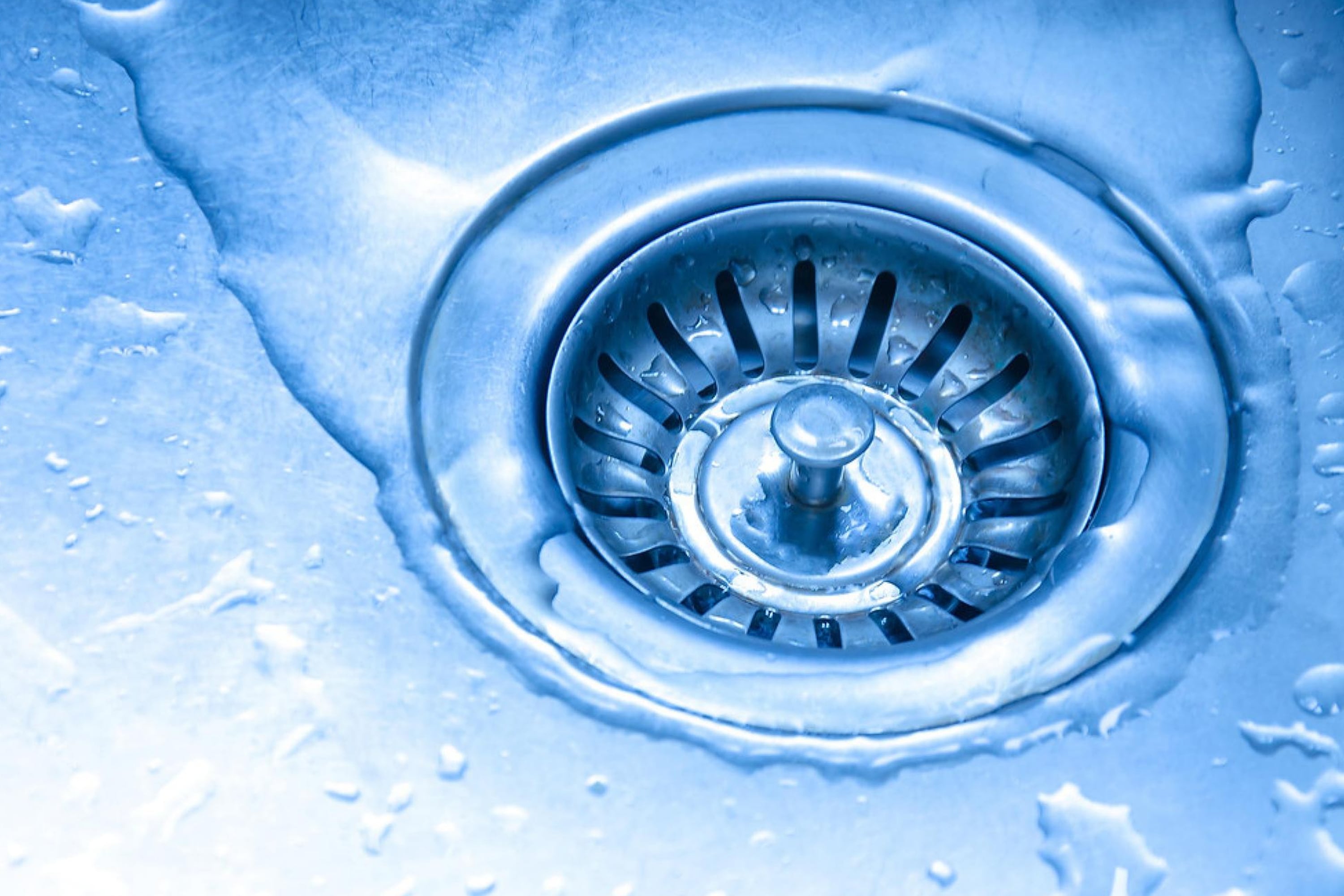
alexstorm via VIstaCreate
A Few Handy Tips to Know About Acetone Use
Since you are now aware of how to dispose of used acetone correctly, you might find it helpful to know a bit more about its storage and use. Below, we will provide you with the answers to the most common questions regarding these tips.
Can I Reuse Acetone?
Sometimes you can reuse acetone indeed. However, you need to make sure you filter the chemical before storing it for later use. Filtering it will allow you to get rid of any debris or grime. But in most cases, keeping leftover acetone for further use is not needed. It’s easier to buy a new bottle of it instead.
Can I Keep It In a Plastic Container?
In this case, the answer depends on the plastic you are going to use. Acetone does have the ability to eat through certain plastics, which is why it’s not allowed to pour it down the drain, for example. However, it won’t necessarily damage others.
For example, acetone won’t typically harm the following types of plastic:
- FEP
- PFA
- Polypropylene
- TFE plastics
However, it can damage PVC at a surprising speed! Generally, be sure that any plastic container that acetone is sold in is safe to use.
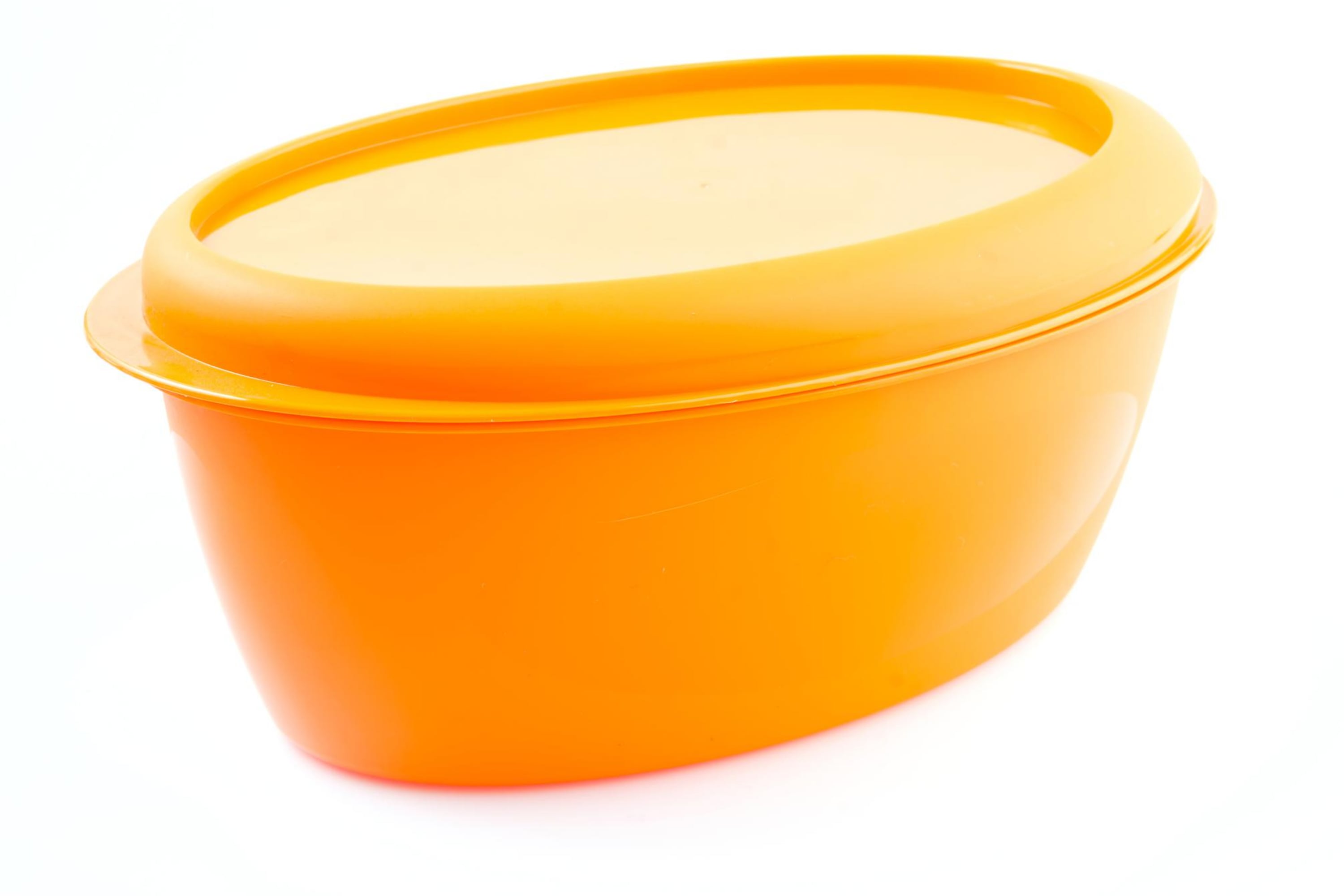
michael8ow via VIstaCreate
Can Acetone Be Recycled?
Acetone is technically recyclable. However, you need to know that not all areas have the required capabilities and facilities for that. But if they are available, you can usually handle leftover acetone to your local hazardous waste facilities. Simply use the same drop-off process as you would for any other hazardous waste disposal.
Like this, now you know how to dispose of leftover acetone correctly and what you shall not do if you want to store and discard this chemical safely and properly.
Ever wished paint sampling was as easy as sticking a sticker? Guess what? Now it is! Discover Samplize's unique Peel & Stick samples. Get started now and say goodbye to the old messy way!
Get paint samples




Frequently Asked Questions
⭐How to dispose of 100% acetone?
basically, pure acetone is disposed the same way as any other. Either leave the empty bottle to evaporate or recycle it.
⭐How to dispose of acetone in Australia?
If you have unused acetone products, take it to your local hazardous waste facility. This is a universal advice.
⭐Is acetone toxic?
No, it’s not. But its fumes are potentially hazardous and can be flammable.
One thought on “How to Dispose Of Acetone?”
Leave a Reply


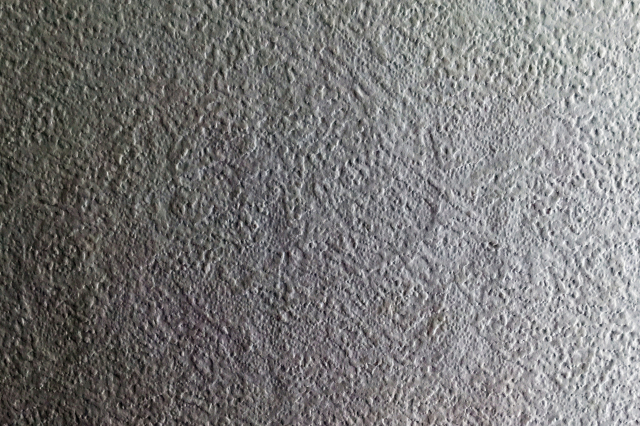
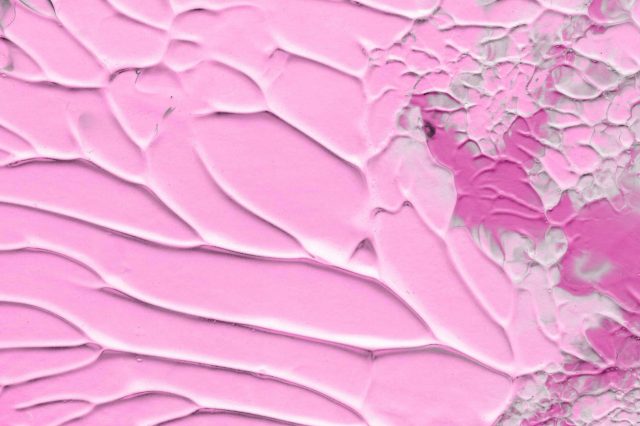
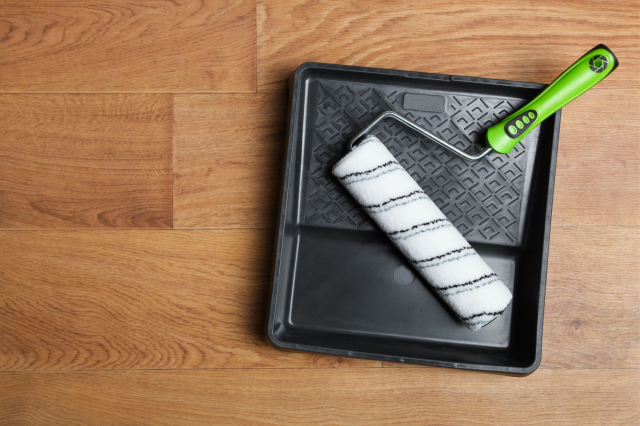
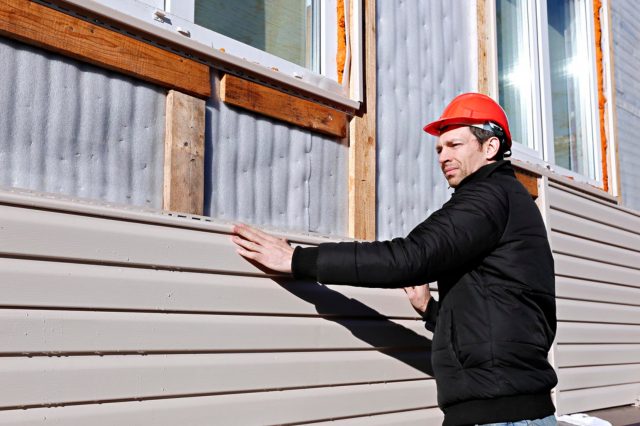
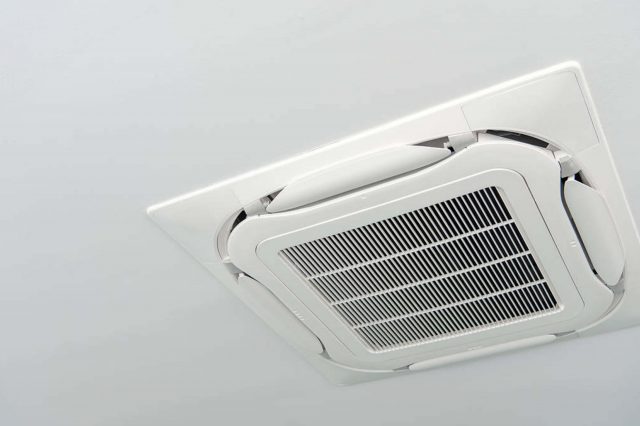

Hi! Do you guys know how to dispose of excess acetone safely? I have almost half a bottle but I’m not going to use it anymore. What shall I do with it?